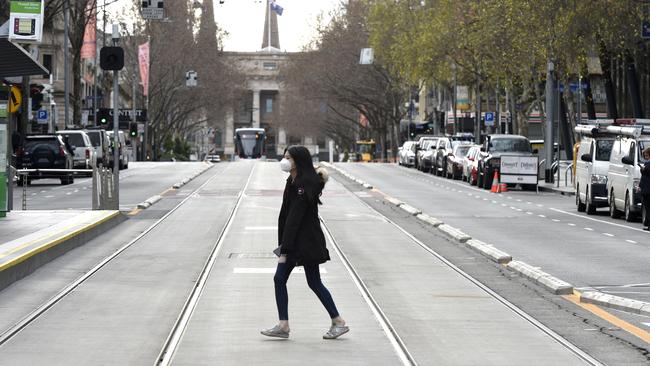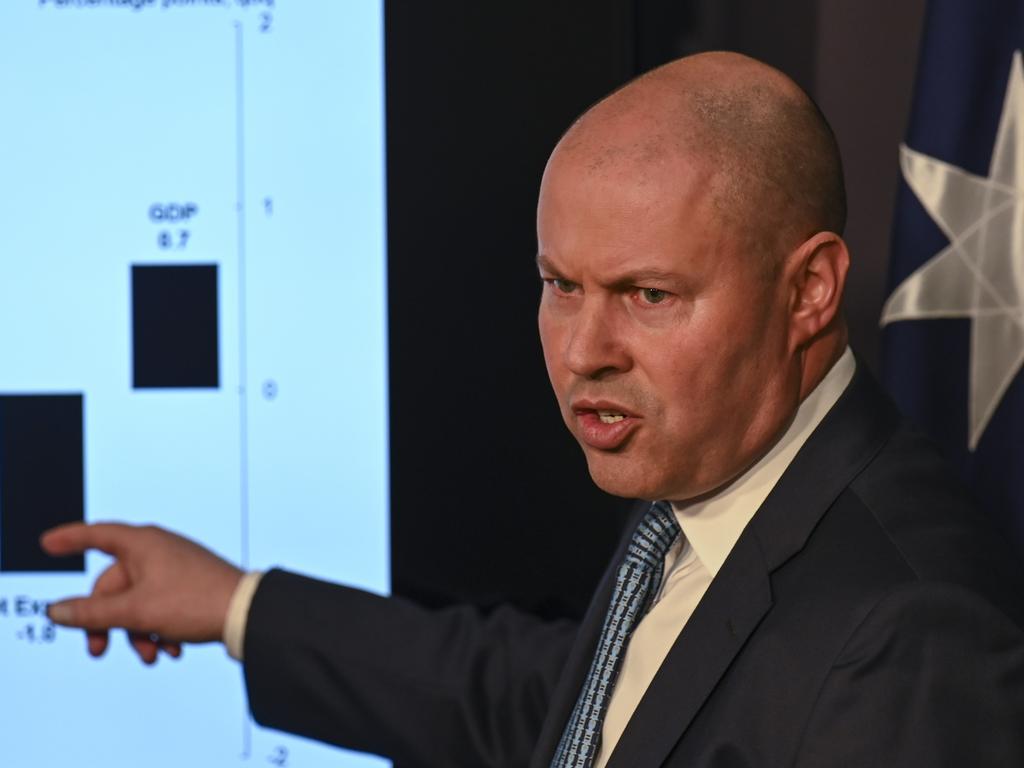Australia spared a double-dip recession

It is relief not because of the dire economic warning that comes with the phrase “double dip”: we have come to understand that Covid and government stimulus have up-ended a miserable unemployment hike that traditionally would accompanies recessions.
It is because we are now all spared a scramble for the narrative as to whose fault the double dip was. Is it the states for locking down too hard, the federal government for being slow on vaccines?
Instead, the considerable beat on the consensus expectation further demonstrates how well Australia can, given the right conditions, bounce back from the virus.
The June quarter had fewer lockdown days and only hit New South Wales in the last week of June. That state powered the domestic economy which in turn drove the growth. Household spending rose 1.1 per cent and government investment, largely on infrastructure rose 7.4 per cent.
The state figures were telling. Household expenditure rose in New South Wales by 2.1 per cent but in Victoria, which endured a two-week lockdown at the end of May, by just 0.1 per cent.
Of that household spending, the spend on services by Australians, up 1.3 per cent, underlines how tourism can bounce back even though the figures have not recovered to pre-Covid levels with international borders still shut. Transport services rose 25.4 per cent and hotels, cafes and restaurants by 2.2 per cent.
Australians dug into their pockets on goods too. Overall spending rose 0.9 per cent and vehicle purchases were up 7.5 per cent, reflecting not just demand but that there was also an increased supply. And despite all this spending, there is still plenty of pent up savings with the household saving to income ratio slipping to 9.7 per cent from 11.6 per cent.
All up, and thanks also to a record rise in the terms of trade backed by strong export prices, the GDP figure is a fitting surprise lift on the first day of spring for Australia.
The September GDP figure will be hammered by lockdowns during the quarter in Australia’s two biggest cities, but the December quarter should bounce back as the country lifts again.
And that is the point on these growth figures - they are a lagging indicator and Australia must look forward.
We know that growth for the full calendar year should be high. That is the nature of a V-shaped bounceback after a shock drop.
What is needed now, as big business urged in both national newspapers on Wednesday, is to stay the course on opening up Australia, which Wednesday’s GDP figures clearly demonstrate will deliver robust economic recovery.




What a relief the 0.7 per cent quarterly GDP figure brings. There will be no double-dip recession.